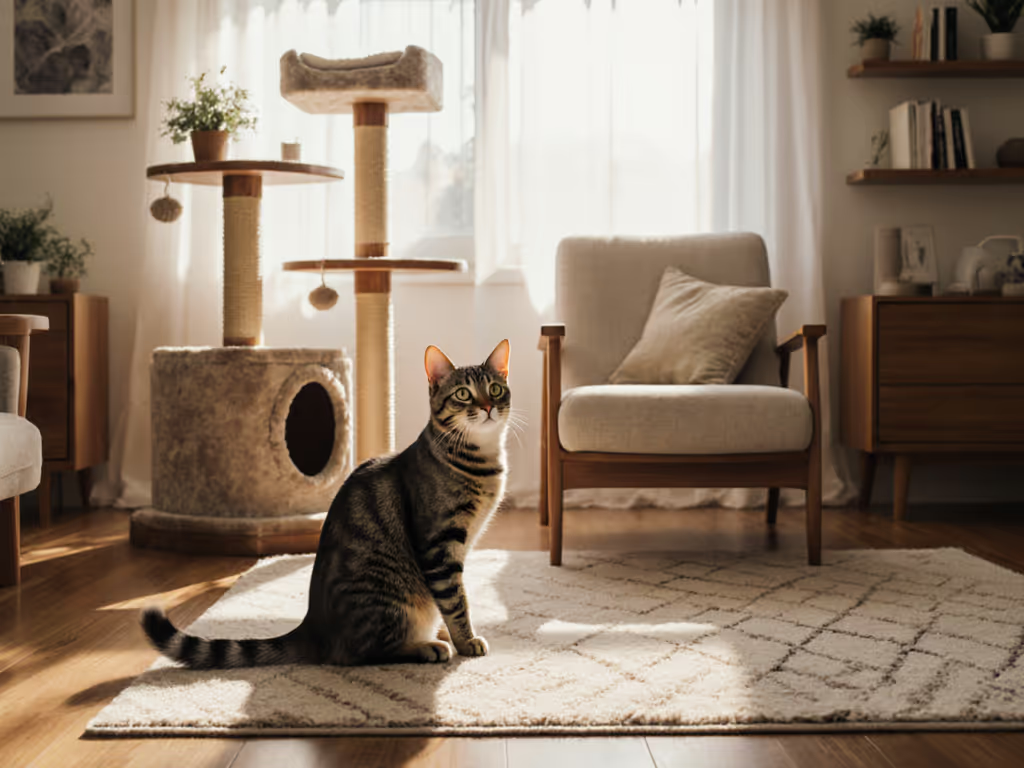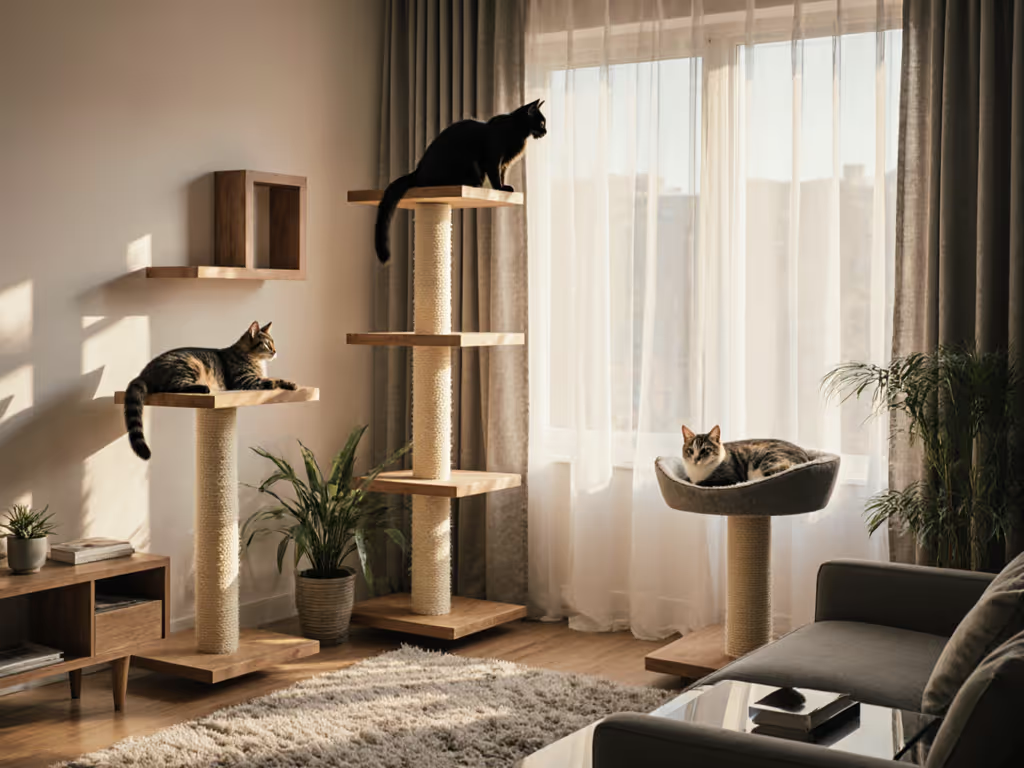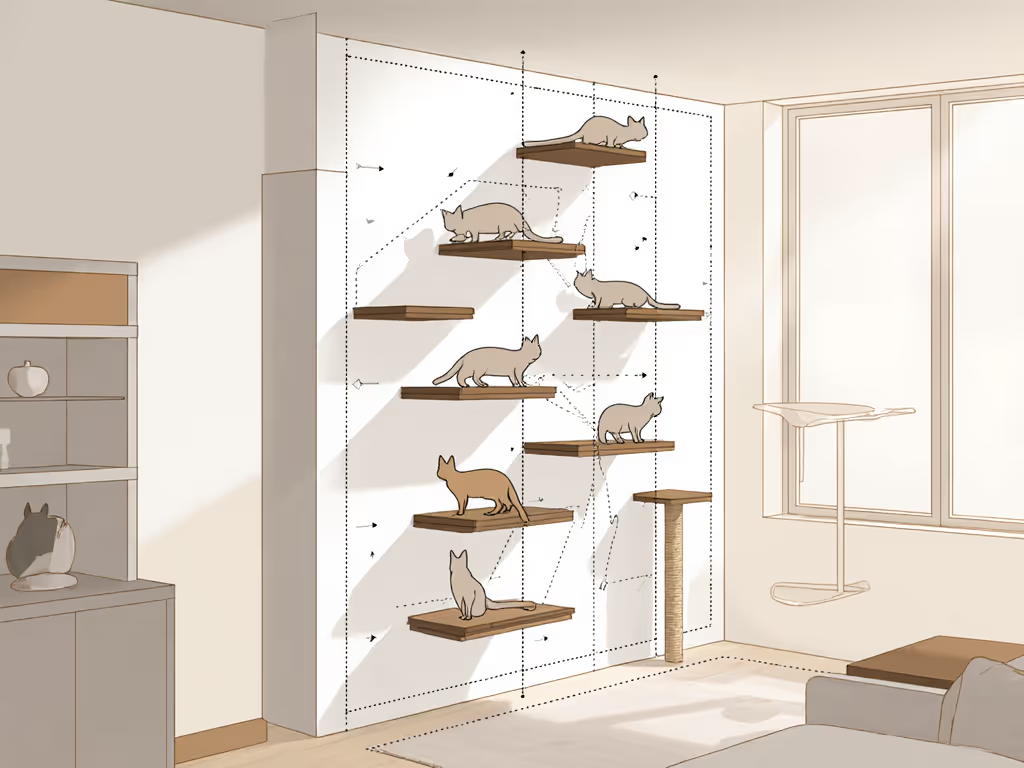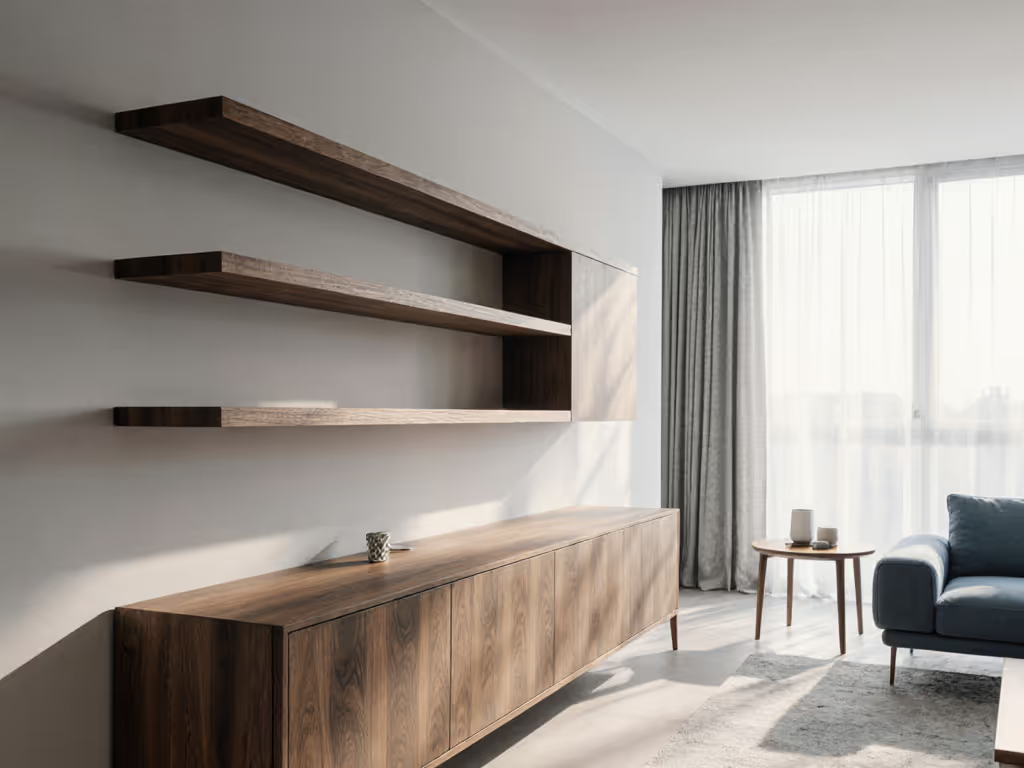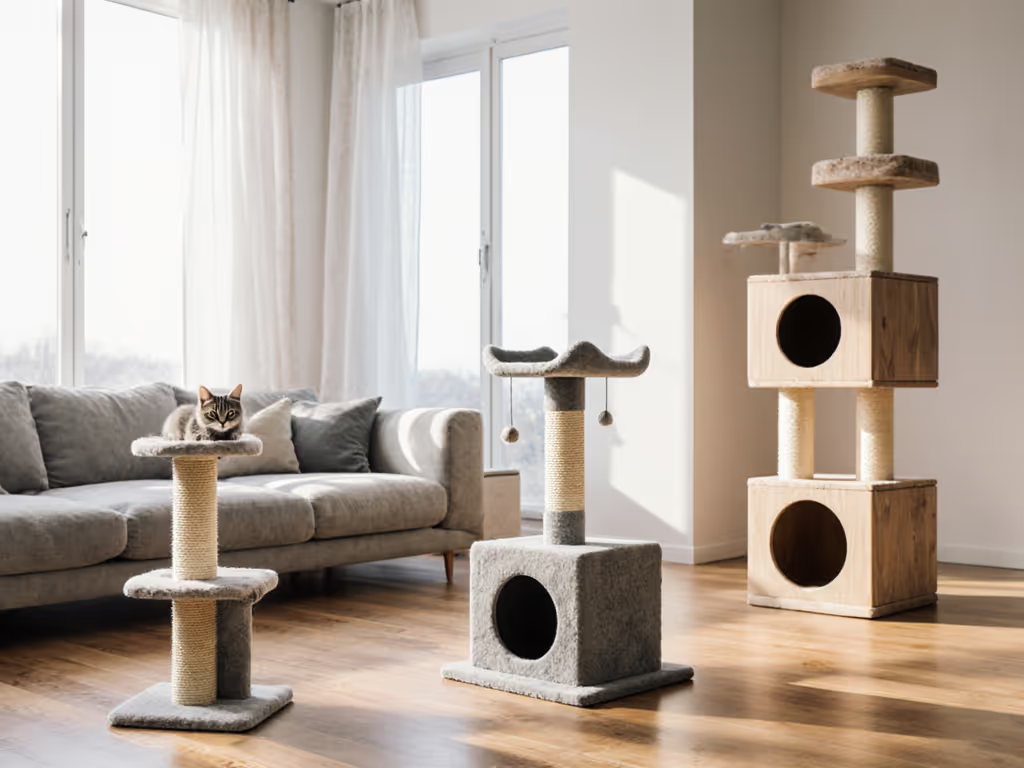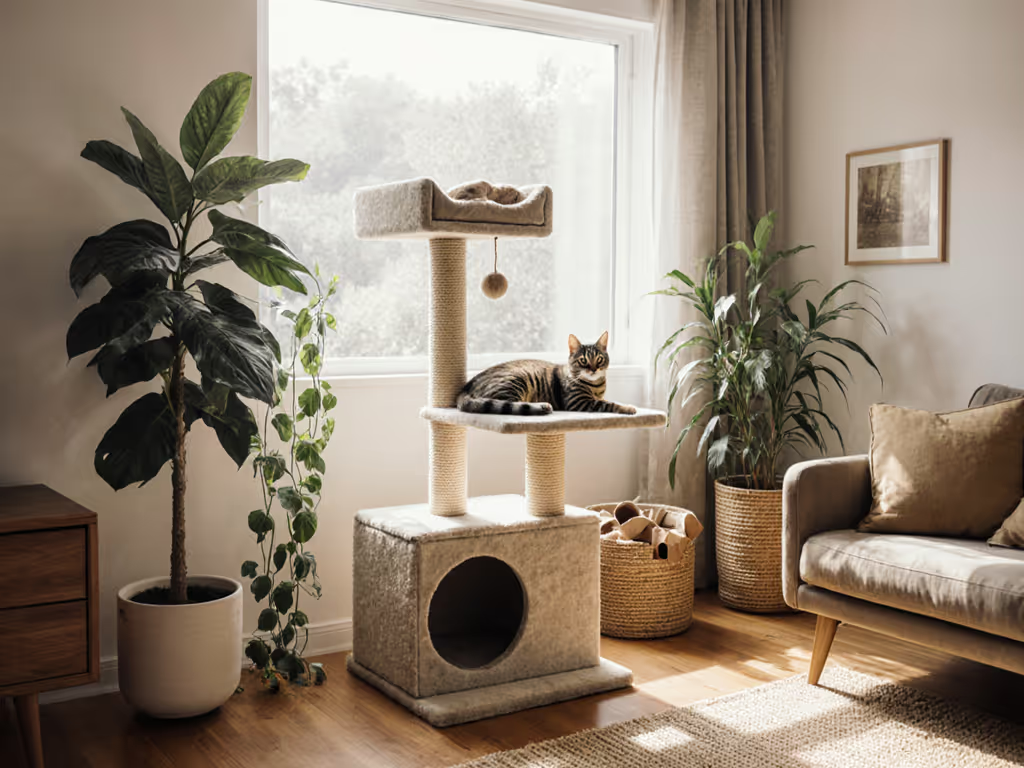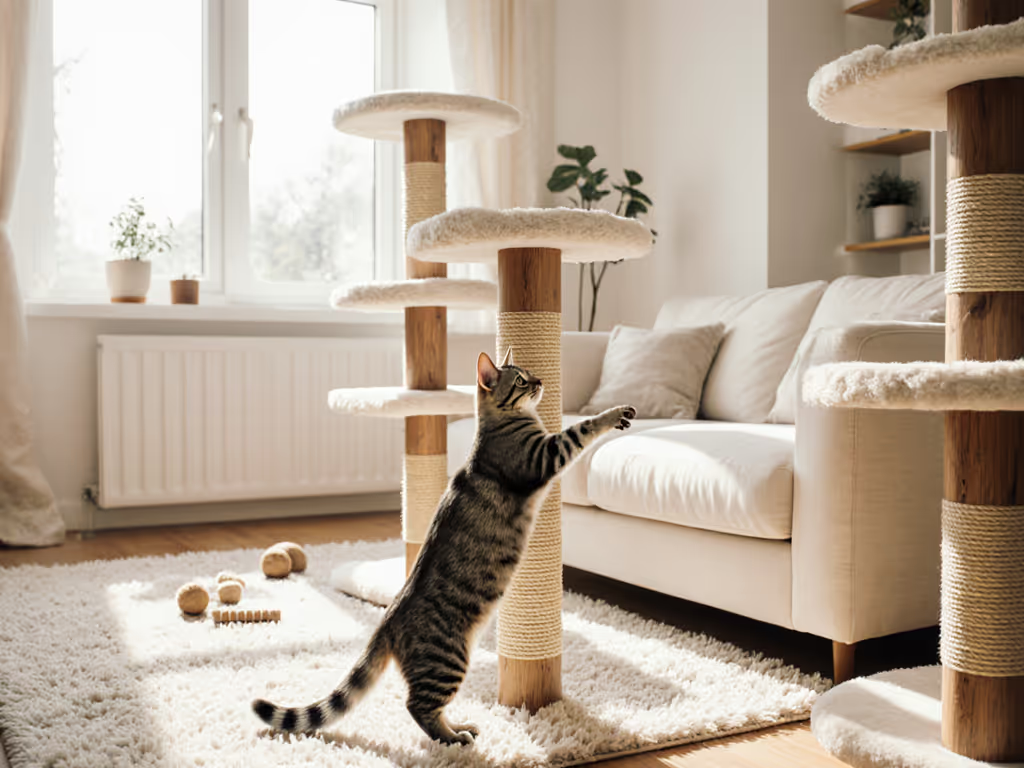When your multi-cat furniture fails to honor natural feline social structure, shared spaces become conflict zones, not sanctuaries. After years of transforming cramped apartments into cohesive havens for multiple cats, I've learned that cat furniture for multiple cats isn't about adding more towers; it's about strategic territory design. It's why a single 72 inch high cat tree often sparks squabbles while a thoughtfully placed cluster of multi-cat shelves creates calm. Beautiful rooms and cat needs aren't opposites, they are co-authors. Let me show you how to design territories that prevent stress before it starts.
Understanding Cat Territory Beyond the Basics
Cats don't share space haphazardly. Research confirms that multi-cat households require deliberate vertical and horizontal zoning to mimic natural hierarchies. Unlike dogs, cats are semi-social hunters who historically claimed solo territories, only overlapping during mating or with trusted companions. In apartments, forced proximity without escape routes triggers cat conflict prevention failures we see daily: urine marking, redirected aggression, or one cat monopolizing resources.
A Cornell Feline Health Center study observed that cats actively mapping their environment showed 40% fewer stress behaviors when cat territory design included:
- 3+ distinct zones per cat (sleeping, hunting, observation)
- 18-inch minimum perch depth for comfortable retreats
- Separate ground-level entry/exit points to avoid cornering
Form meets instinct: pieces that uplift rooms and enrich routines.
This isn't about luxury, it is biological necessity. When I adopted Luna, my sunlit studio felt like an obstacle course of mismatched cat gear. One weekend, I sketched a wall run that framed my bookcase and built it from FSC offcuts. Luna claimed the highest perch within minutes, and my space finally looked intentionally ours. The key? I'd stopped viewing furniture as add-ons and started seeing it as territory architecture.
For a deeper dive into behavior-guided layouts, see our behavior-guided space planning guide.
The Spatial Blueprint: Mapping Territories, Not Just Furniture
Tiered Observation Points
Cats gauge safety from elevated vantage points. In multi-cat setups, height diversity prevents standoffish behavior. Place primary lookout posts near windows (minimum 36" above floor), but, crucially, add mid-level platforms 12-18 inches lower for subordinate cats. This creates layered visibility without direct line of sight domination. Use wall-mounted multi-cat shelves in staggered configurations (never perfectly aligned) to encourage circuitous movement. I always specify 10"-12" depth for relaxed sitting, with rounded edges to prevent paw snags during quick turns.
Resource Separation by Instinct
Food, water, litter boxes, and scratching posts must inhabit distinct zones based on natural behaviors. A 2023 pet industry survey found cat conflict prevention improved by 65% when:
- Scratching stations sit 6+ feet from sleep areas (reduces redirected marking)
- Litter boxes anchor to corners away from high-traffic rungs
- Food bowls occupy quiet dead-ends (never under perches!)
Place scratching surfaces at transition points between zones (like near doorways or stair bases). Sisal-wrapped posts work best here; they are durable and let cats scent-mark boundaries. Avoid carpeted bases under food areas; the texture confusion triggers inappropriate scratching on rugs.
Flow and Traffic Management
Cats dislike bottlenecks. Map pathways with 90° turns every 24-36 inches to prevent confrontations. Use angled ramps (30° max incline) between platforms instead of ladders for quieter movement. For renters, tension-mounted shelves allow reconfiguration as dynamics shift (my clients with three cats rotate shelf positions quarterly to refresh territory maps). Always leave 18" clearance around perches so cats can exit both directions without turning. This subtle detail prevents cornering anxiety.
Harmonizing Aesthetics and Function
Color and Texture Psychology
Your decor palette directly impacts feline stress. Cool grays and blues create calming zones near sleep perches, while warm terracotta on scratching zones stimulates movement. Avoid high-contrast patterns (like black-on-white) that strain cat vision. Stick to natural fibers: jute rugs under ground-level hideouts, oak shelves with light stains that won't show claw marks. Upholstered platforms? Choose tightly woven performance fabrics, easy to vacuum, fade-resistant, and visually seamless with sofa cushions.
Modular Systems Over Monoliths
Skip the single towering cat tree. Modular multi-cat shelves (like floating wall units) let you zone territories while maintaining open sightlines. I specify 10"-14" between levels to accommodate varying jump heights; kittens need 8" gaps, seniors require 12". Anchor everything to studs; wobbling triggers abandonment. For cohesive flow, extend shelf depths to match existing furniture (e.g., 14" shelves mirroring your credenza). This is where you let the room do some of the work, using architectural lines to guide cat movement.
Your Territory Design Verdict
Effective multi-cat furniture solves three problems simultaneously: honoring feline social structure, preventing territorial conflict, and elevating your space. Forget cramming in "one per cat" towers; that is a recipe for stress. Instead, design layered territories with distinct purpose zones, prioritize smooth traffic flow, and anchor choices to your existing palette.
The most harmonious homes I've styled share one trait: cat territories feel intentional, not tacked-on. Start small (add one observation shelf near a window this weekend). Note which cat claims it first, then build adjacent zones away from that hotspot. Remember, you're not buying furniture; you're authoring a spatial story where both you and your cats belong.
Design isn't about compromise. It's about recognizing that every scratch post, perch, and pathway co-writes the narrative of your home. When territories align with instinct, the room finally breathes, and so do you.
